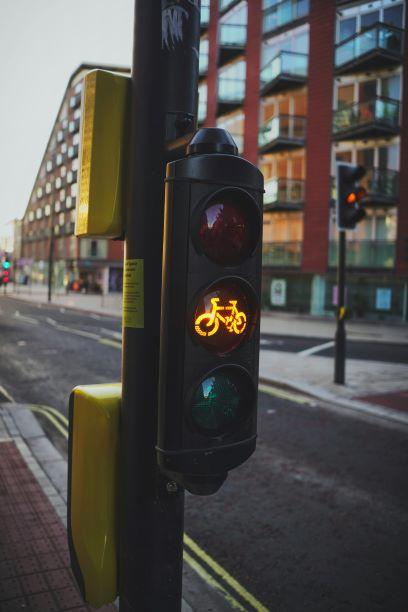Image

A Traffic Signals can fall into one of these types, either:
- Modification to an existing traffic signal installation;
- Installation of a new traffic signal junction or crossing.
Note: The council's definition of ‘highway’ includes the carriageway, footway and all verges